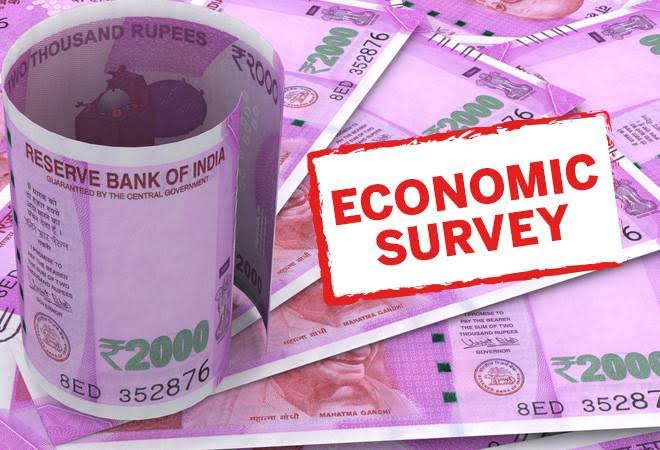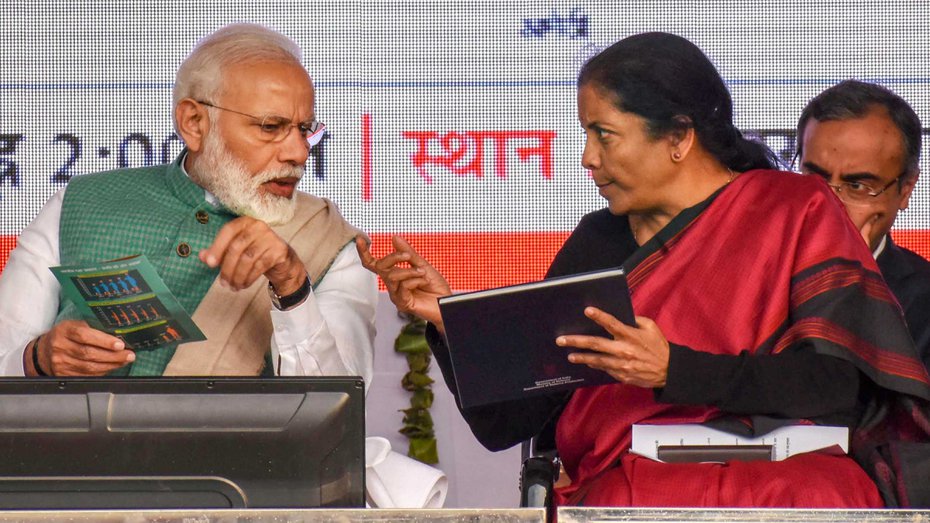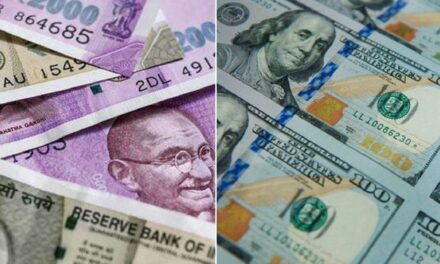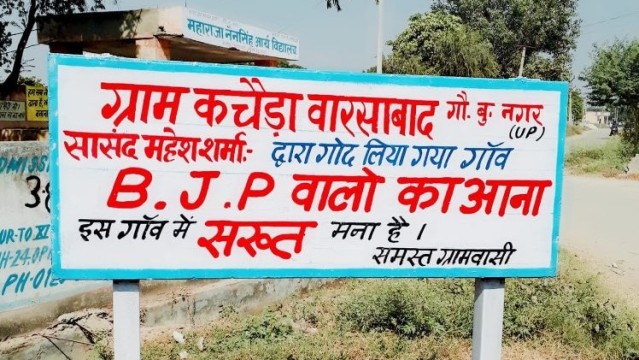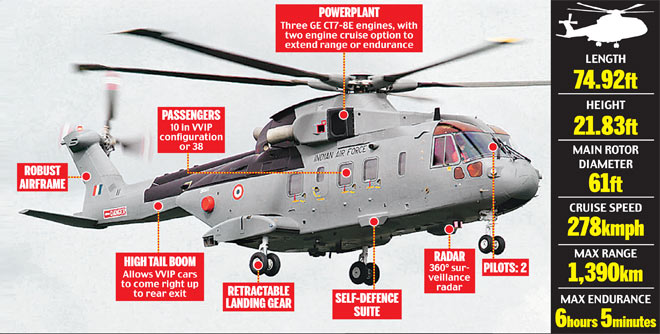As per Modi led government 2020 Economic Survey expects the growth to pick up during the next year. It has projected the GDP growth rate to be in the range of 6-6.5 per cent in 2020-21.
According to the CGA, the government’s revenue receipts were Rs 11.46 lakh crore or 58.4 per cent of the 2019-20 BE. In the same period last fiscal, the collections were 62.8 per cent of the BE.
In September 2019, the government decided to lower tax rate for corporates, taking an estimated hit of Rs 1.45 lakh crore on its revenue mobilisation.
Tax sops were intended to boost investment cycle in the face of slowing GDP growth, which dipped to a six-year low of 5 per cent in the first quarter ended June.
The data further revealed that total expenditure was 75.7 per cent of BE or Rs 21.09 lakh crore. During the corresponding period in 2018-19, the expenditure was 75 per cent of the BE.
Of the total spending, the capital expenditure was 75.6 per cent of the BE, higher than 70.6 per cent of the estimates during the same period in 2018-19.
The Economic Survey on Friday made a case for relaxing the fiscal deficit target of 3.3 per cent of GDP in view of the need to arrest the declining growth, estimated to touch an 11-year low of 5 per cent in the current fiscal.
In 2018-19, the real GDP (adjusted for inflation) was expected to be ₹140.78 lakh crore. Today, it has been revised to ₹ 139.81 lakh crore.
As a result, the GDP growth in 2018-19 has fallen to 6.1% against the 6.8% forecast earlier.
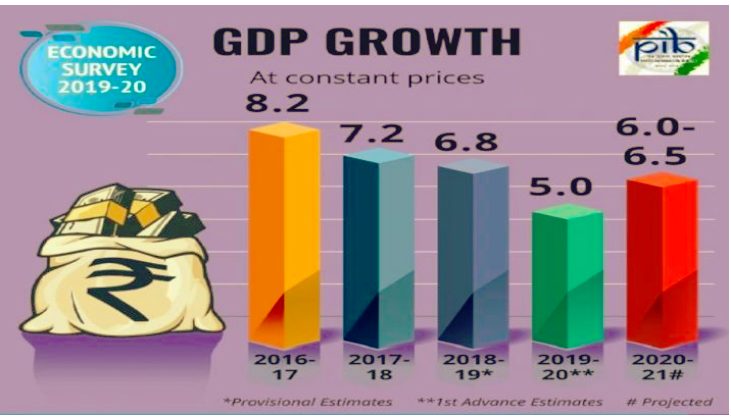
Pic thanks : PIB
Until now, the GDP growth in 2019-20 was supposed to be at 5% (actually 4.98% to be very precise). Now the GDP growth in 2019-20 is expected to be at 5.7%. How?
Earlier, the GDP in 2018-19 was expected to be at ₹140.78 lakh crore. The GDP in 2019-20 is forecast at ₹147.78 lakh crore. This meant a GDP growth of 5%.
But the GDP for 2018-19 has been revised to ₹ 139.81 lakh crore.
The GDP for 2019-20 is forecast at ₹147.78 lakh crore. This means a GDP growth of 5.7%.
During 2018-19, at constant prices, the growth rates of primary (comprising agriculture, forestry, fishing and mining & quarrying), secondary (comprising manufacturing, electricity, gas, water supply & other utility services, and construction) and tertiary (services) sectors have been estimated at 1.0 per cent, 6.0 per cent and 7.7 per cent, as against 5.8 per cent, 6.5 per cent and 6.9 per cent, respectively, in the previous year.
The Nominal Net National Income (NNI) at current prices for 2018-19 stands at Rs 167.89 trillion as against Rs 151.50 trillion in 2017-18, showing growth of 10.8 per cent during 2018-19 as against 11.2 per cent in the previous year.
The per capita income, that is per capita net national income at current prices, is estimated as Rs 1,15,293 and Rs 1,26,521 respectively for the years 2017-18 and 2018-19.
Per capita Private Final Consumption Expenditure (PFCE) at current prices for the years 2017-18 and 2018-19 is estimated at Rs 76,794 and Rs 84,808 respectively.
With a visible fall in primary (comprising agriculture, forestry, fishing and mining & quarrying) sector from earlier 5.8% to 1% indicating a whopping 83% fall
Swaraj Abhiman’s Yogendra Yadav posted in his twitter
Disappointed with Agriculture and Food Management Chapter in #EconomicSurvey Vol II. Reports only those datasets, years, schemes that suit the govt. Reads more like Agri Min Annual Report. Little analysis, reporting of challenges, reflection on failures or strategic thinking
MSP: no data on how many farmers received it
PMFBY: no data on declining coverage or participation of private insurers
PM Kisan: no info on how many farmers received beyond first instalment
Agri exports: no data for boom years pre 2015-16
How I miss @arvindsubraman ” thus he Tweeted

